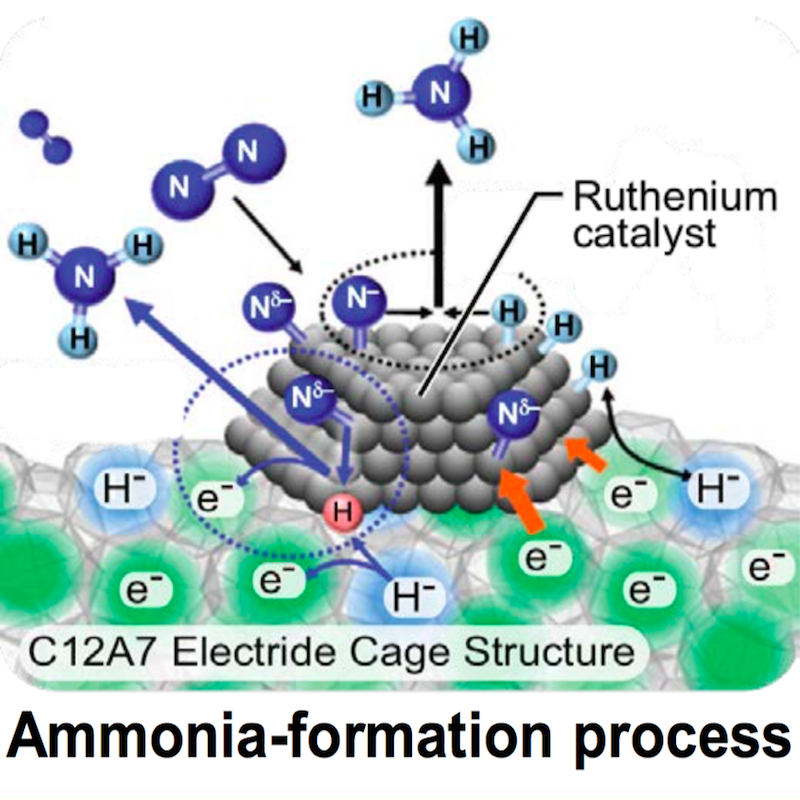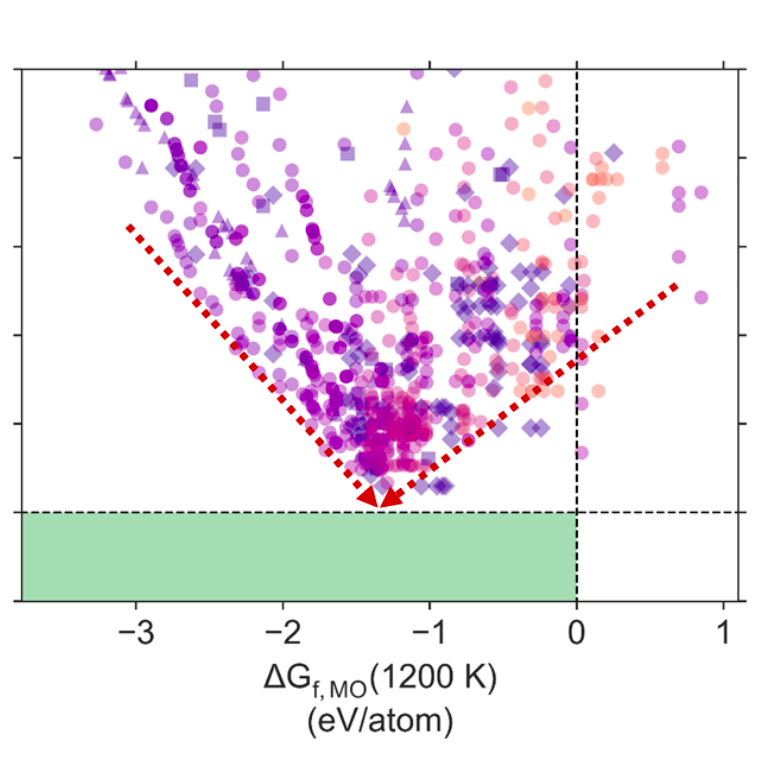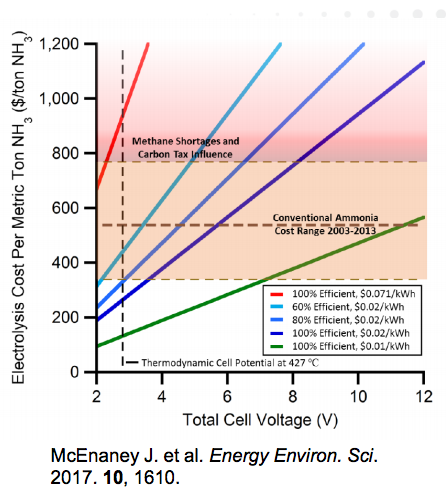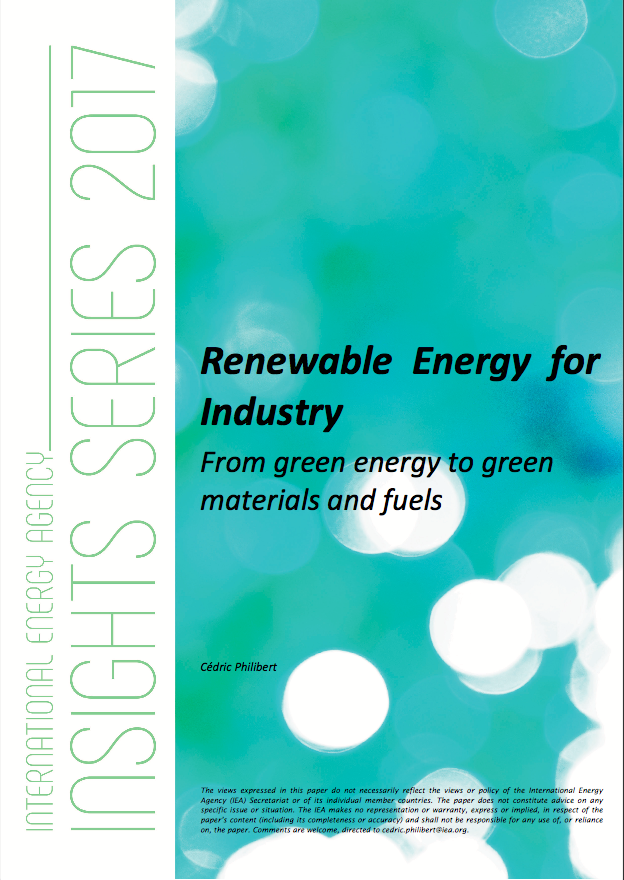The capital intensity of small-scale ammonia plants
The list of investment drivers for building new ammonia plants in the US over the last few years was short, beginning and ending with cheap natural gas. Markets change, however, and the investment drivers for the next generation of new ammonia plants might include low cost electrolyzers, low cost renewable power, carbon taxes, and global demand for ammonia as a carbon-free energy vector. For this to make sense, however, ammonia needs to be produced without fossil fuel inputs. This is perfectly possible using Haber-Bosch technology with electrolyzers, but today's wind and solar power plants exist on a smaller scale than could support a standard (very big) Haber-Bosch plant. So, to produce renewable ammonia, small-scale ammonia production is essential. This time series chart shows the capital intensity of today’s ammonia plants. Together, the data illustrate competitive advantages of alternative investment strategies, and demonstrate a shift away from the prior trend toward (and received wisdom of) monolithic mega-plants that rely on a natural gas feedstock.









